Happy April! What’s going on these days in your neck of the woods?
The tree bark from last week’s puzzler was from sycamore (Platanus occidentalis).
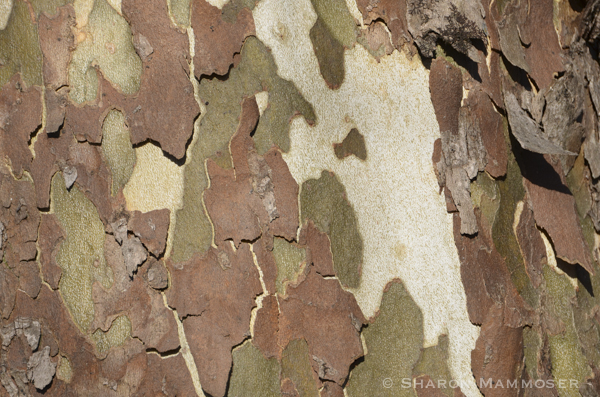
Did you recognize it? One of my blog subscribers guessed a tree called lacebark elm, which is also known as Chinese elm. This was an excellent guess, as this tree also has bark that looks just like puzzle pieces and flakes off of the tree. I wasn’t thinking of this tree when I titled the puzzler but you can see from the photo below (from Mother Nature Network) that its bark does look similar. It has less color variation though and doesn’t get nearly as tall as the sycamore.

The sycamore, also called buttonball, buttonwood or American plane tree, is from Europe but now grows throughout the world. Since it likes moist, fertile soils, you can usually find it growing beside streams, rivers or around lakes and ponds. It can reach heights greater than 100 feet, with a diameter up to almost 7 feet and can live for 150-600 years. This is amazing! Imagine if that old tree beside the river could talk–oh the stories it could tell!
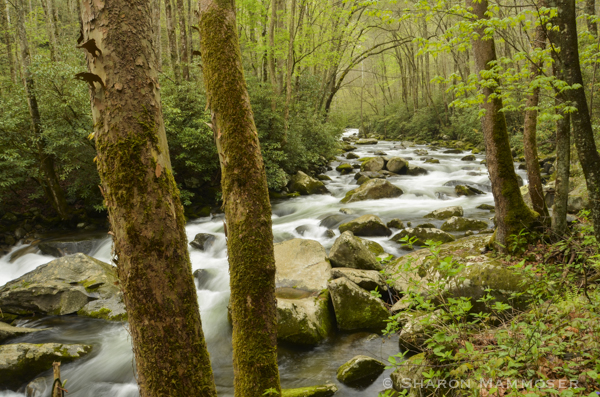
The sycamore is thought to have gotten its name because of it always looking ‘sick’ with its peeling bark. But the peeling bark is a natural process and has nothing to do with the health of the tree.
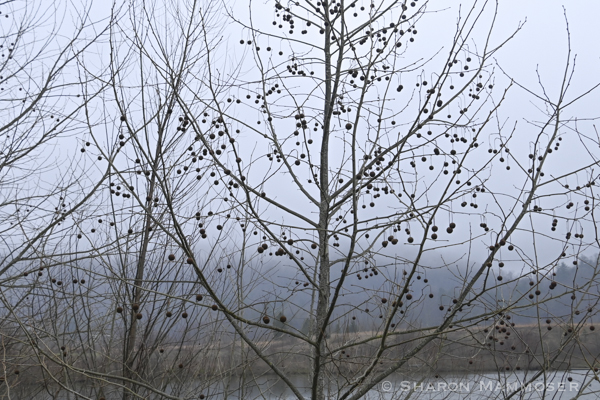
Sycamore trees have lots of seeds in balls that hang from the tree all winter. Each seed has dozens of small seeds inside that will be spread by the wind after the ball has become old or fallen to the ground.
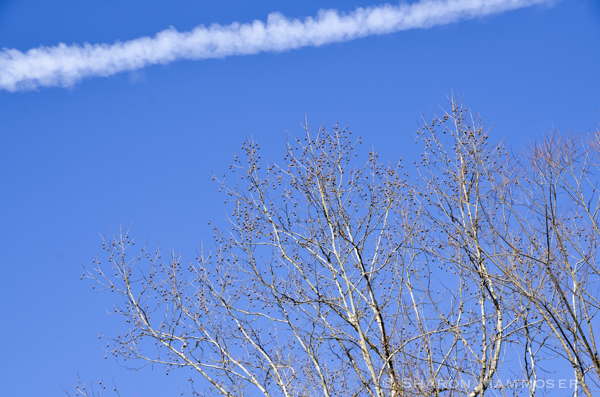
One tree can produce 10,000 seeds in a single year!
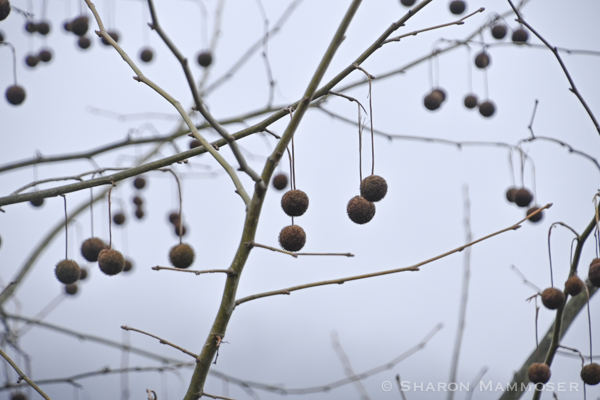
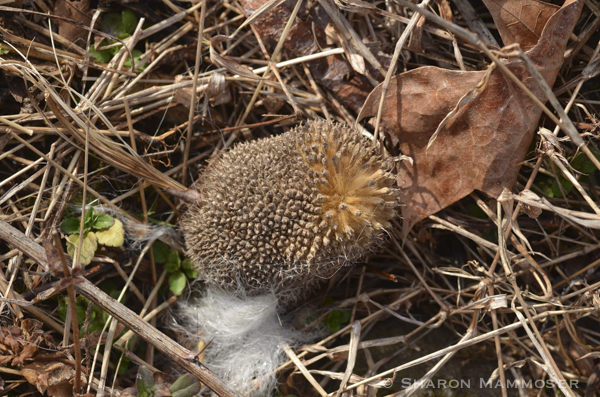
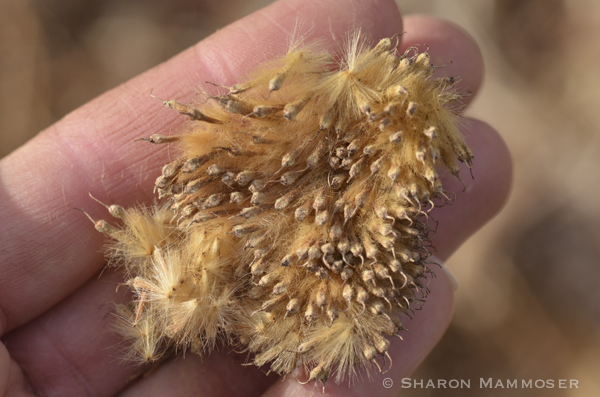
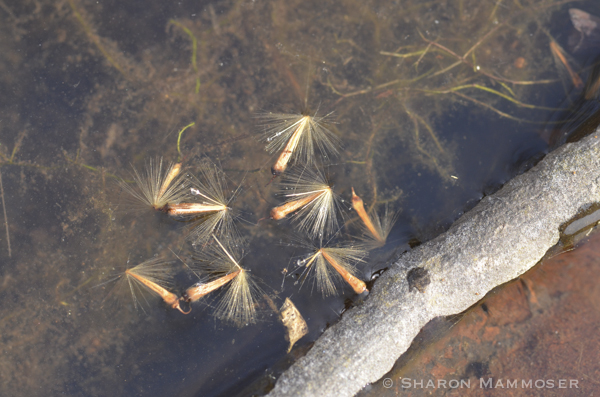

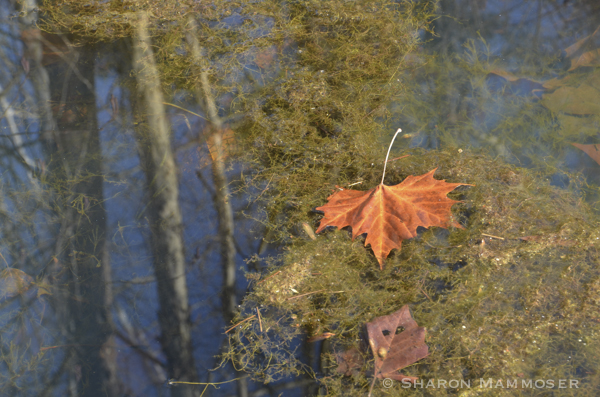
The sycamore tree is said to represent strength, protection, eternity and diversity. It belongs to one of the oldest tree families in the world. For all of these reasons and the fact that they stand out so much with their white branches reaching high into the sky, they are one of my favorite trees.
What is your favorite tree?
Check our our next puzzler–it’s another mystery “ball.” See if you can identify it!

